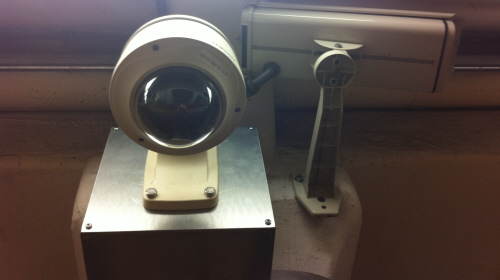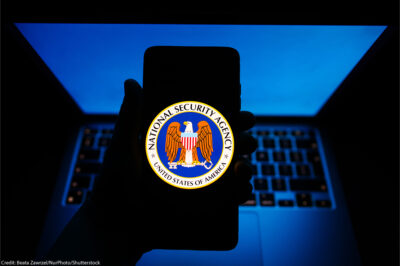
A few links that have caught our eye this past week:
The Citynewswatch blog in Charlotte, NC has a nice post on that city’s new license plate reader program, among other surveillance systems (pity any city that hosts a major national or international event these days). Among many other good points, Citynewswatch highlights the fact that they are being funded via our deeply troubling civil asset forfeiture laws. I didn’t mention it in my blog the other day but the ALPR program being pushed in Utah by the DEA is being similarly funded.
Speaking of the DEA tracking automobiles, a federal judge has “tossed” 150 pounds of marijuana out of court because the agency used a warrantless GPS tracking device to target the suspect in whose car the pot was found. The tracking took place before the Supreme Court’s January ruling that extended GPS tracking is a “search” under the 4th amendment; this decision correctly extends the Court’s Jones ruling by holding that evidence derived from warrantless GPS tracking is inadmissible in criminal trials. Will the DEA need a warrant to track a suspect’s location if they have ALPR devices on every mile of our highways? They should, but it will be a while before the courts rule on that issue. This story (like the Utah one) is also a reminder that the War on Drugs is not just a crude, barbaric and inhumane response to the public health problem of drug abuse, but also one of the biggest drivers of increased surveillance in American life.
Speaking of, my colleague Kade Crockford of the ACLU of Massachusetts found that taking photographs (such as the above) of newly installed surveillance cameras is apparently cause for suspicion in Boston. Kade describes her encounter with a transit police officer who approached her about her activity in a Boston T station.
But what if I had just kept walking, I asked? What if I refused to answer his questions? …. Would you have radioed back to the command center, and asked that the camera monitors go back and snap a picture of my face to run through their face recognition system, to determine my identity?
Yes, he said.
That kind of thing is only going to get easier due to improving video analytics. We’re moving from the day when all of our CCTV appearances sit on recycled-weekly VHS cassettes, to the day when they’re all stored forever on hard drives, ready to be sliced, diced, resized, and face-recognized. Here is a paper on “novel video analytics technology which allows an operator to search through large volumes of surveillance video data to find persons that match a particular attribute profile.” The technology can search for people using attributes “including clothing information, hair color, gender, etc.” The technique is “geared for surveillance of large areas.” Sounds like it would be perfect for video taken from drones.
The problem with so many of these technologies is the same: as my colleague Catherine Crump told Congress with regards to cell phone tracking last week, the cheaper and easier things become, the more they will be used—and overused. That’s one of the problems with allowing weapons to be placed on domestic drones, the debate over which has received renewed attention this week. In the foreign context, the Wall Street Journal wrote about the idea of allowing drones to kill people without human intervention. Although the article doesn’t mention it, I can think of another technology that kills autonomously, without a human decisionmaking process to intervene. That is land mines, and they have become so abhorrent due to the deaths and maimings of civilians they have caused, that 160 countries have signed an international treaty banning the technology (not, however, including the United States).


